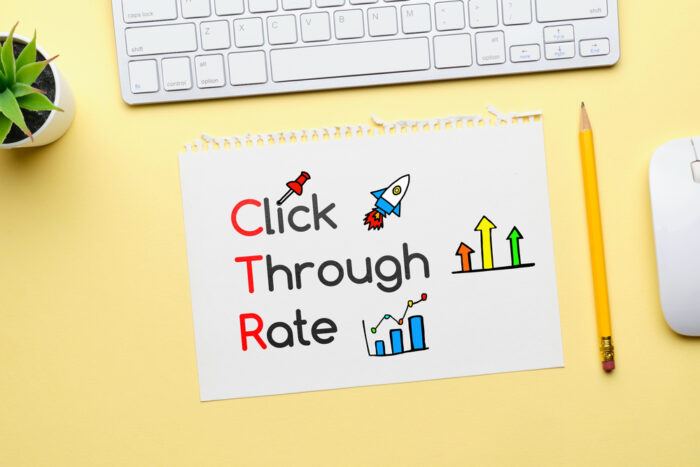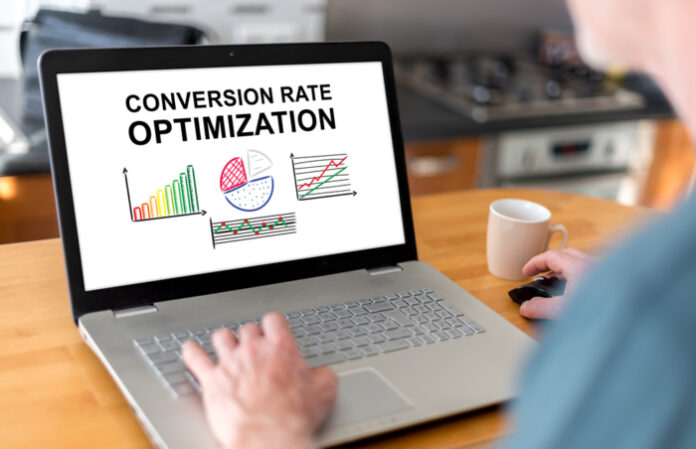Every visitor to your website is a potential customer. Some might be there to browse your products or services, while others might be making comparisons with your competitors. On the other hand, some may need to see something different that will allow them to decide to make purchases. In this case, you need to convert this last group to revenue-bringing customers. Experts estimate that a reasonable conversion rate should be about 2% to 5%.
Even if you have this figure, however, you can still do more to increase your conversion rate percentage. For instance, search engine optimization (SEO) and improving your website’s user experience can help increase your site’s online traffic and boost conversion rates.
You could also explore conversion rate optimisation (CRO) to convert online visitors into customers. A good CRO strategy can help you audit your site, understand visitors, and identify conversion funnel areas that need improvement.
Furthermore, below are other actions you can also take to increase your conversion rate immediately.
1. Build and Increase Trust
Browsing through the internet is like walking down the street. The people you meet represent the websites, and each sells something. However, you will likely feel skeptical about buying from them, because you do not know and trust them. The same goes for online consumers who may be coming across your business for the first time. They may also be hesitant to take a concrete step. Hence, it is up to you to ensure you make them feel they can trust you.
To start, consider constantly updating your site’s content. Visitors can easily associate better with a site with recent information, news, or content. In addition, in some cases, your site can feel abandoned if your last update is more than a year old. Thus, it won’t generate interest from your visitors.
Additionally, make your site relatable. It can help to show the faces behind your products or services and include their bios. This can bring out the feeling of trustworthiness as your visitors can associate the website with actual people. Furthermore, including contact information for your business and the team is also vital. The business info should include a physical address.
Other ways to build trust include money-back guarantees and links to third-party support. These third parties can be testimonials, citations, and publications on popular sites. Lastly, it would also help to make your website design user-friendly, helpful, and professional.
2. Reduce All Possible Obstacles
Most online visitors tend to abandon the process of shopping online, because it needs too much information or takes too long. Others are also likely to quit taking a step due to too many choices. Therefore, making it easy for your market to click through your website is in your best interest.
For instance, make the step shorter if your potential customers must sign up. This is especially since people can quickly opt out of a sign-up form with several fields to fill. To remove such an obstacle, you can include an option to sign-up with an email address or a social media account.
Alternatively, you can provide your customers an option wherein they can place their orders and checkout their carts without needing to sign-up. With more consumers feeling more hesitant to give out their information online, this can help your business generate more customers than when you have a mandatory sign-up-to-buy option.
Similarly, eliminate the need to choose from various from many options. Too many choices could create indecision — the theory behind the concept analysis paralysis. Hence, you might end up with no revenue. Therefore, it would be best to address this issue by providing filters to help your potential clients quickly narrow down their choices.

3. Give Detailed Information
Dealing with prospective clients in person is more effortless. You can have question-and-answer sessions to help them get the information they need to make purchases. However, online customers are usually one-way communications. Therefore, it is up to you to provide exhaustive information about your product to eliminate as much doubt as possible. You could even provide photos and demo videos as necessary.
Note that customers seek a product or service for various reasons. Hence, covering all bases in your description would be best. For instance, say you’re selling smartphones. One client wants it for video calls, another for taking photos, and another might want it for social media use. All these clients will seek different features in the phone. Thus, you must ensure to satisfy each need in your description segment. In this case, detailed information can help show the value of your product in comparison with its price.
4. Perform an A/B Testing
In business, it’s possible to have alternative actions that might look similar. However, they can get different reactions from your potential customers. In this case, your website page design versions can help you determine whether you get more customers or not. You can conduct A/B testing to help you decide on a version from two possible choices that can give you better conversion rates.
5. Create a Fear of Missing Out
How you package or present our product information can determine a customer’s decision. Your online visitors are people, and most will make decisions based on their feelings. Therefore, creating a sense of urgency for action can help. Giving out time-bound promotions is one way to achieve it.
For instance, you can mention a gift for every purchase of a particular product. This needs to be followed by a period in which the promotion is on. The sale can also be in the form of a discount. For example, a customer can get a 5% or 10% discount on your products for one or two weeks.
Conclusion
The e-commerce environment can be challenging to navigate, and one of your best tools is your website. Therefore, you need it to be as efficient as possible to convert as many of your online visitors to customers. The above actionable steps can help you quickly increase your conversion rate.
Find a Home-Based Business to Start-Up >>> Hundreds of Business Listings.

















































